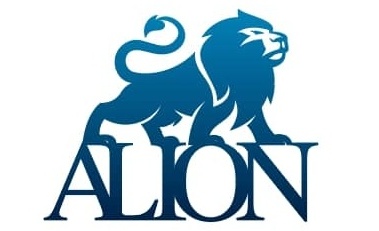FROM EXPLOTATION TO INSPIRATION
Rethinking Fashion: Learning from Reptiles and Finding Ethical Alternatives
Our Concern about the Costs of Exotic Leather
Ljubljana, 28th of April 2025
The fashion industry's appetite for exotic leather comes at a devastating cost to reptile populations worldwide. Behind every crocodile handbag, python boot, and lizard belt lies a story of suffering that the industry would rather keep hidden. The recent exhibition in Ljubljana, featuring 30 species of snakes, 25 species of lizards, and 15 species of spiders and scorpions, served as a powerful reminder of what we stand to lose when we prioritize fashion over compassion.
The photographs from reptile slaughterhouses displayed at Aleš Mlinar's exhibition reveal the brutal reality behind luxury fashion accessories. These magnificent creatures, each with their evolutionary perfection, are reduced to mere commodities in an industry that has forgotten the true value of life.
The fashion industry's appetite for exotic leather comes at a devastating cost to reptile populations worldwide. Behind every crocodile handbag, python boot, and lizard belt lies a story of suffering that the industry would rather keep hidden. The recent exhibition in Ljubljana, featuring 30 species of snakes, 25 species of lizards, and 15 species of spiders and scorpions, served as a powerful reminder of what we stand to lose when we prioritize fashion over compassion.
The photographs from reptile slaughterhouses displayed at Aleš Mlinar's exhibition reveal the brutal reality behind luxury fashion accessories. These magnificent creatures, each with their evolutionary perfection, are reduced to mere commodities in an industry that has forgotten the true value of life.
Modern Alternatives are Innovation Beyond Cruelty
In this modern age, we have no excuse for continuing this exploitation. The fashion industry must embrace innovative alternatives that respect both animals and our planet:
1) Bio-fabricated Materials: Lab-grown leather alternatives using mushroom mycelium, pineapple leaves (Piñatex), and apple waste create textures remarkably similar to traditional leather without any animal suffering.
2) Recycled Synthetic Materials: Advanced recycling technologies now produce high-quality synthetic alternatives from ocean plastic and other waste materials, addressing both animal welfare and environmental concerns.
3) Plant-Based Innovations: Materials derived from cork, cactus, and other sustainable plant sources offer durability and aesthetic appeal while supporting regenerative agriculture.
4) 3D-Printed Textures: Cutting-edge technology can now replicate the intricate patterns of reptile skin through sustainable printing methods, offering designers unlimited creative possibilities.
1) Bio-fabricated Materials: Lab-grown leather alternatives using mushroom mycelium, pineapple leaves (Piñatex), and apple waste create textures remarkably similar to traditional leather without any animal suffering.
2) Recycled Synthetic Materials: Advanced recycling technologies now produce high-quality synthetic alternatives from ocean plastic and other waste materials, addressing both animal welfare and environmental concerns.
3) Plant-Based Innovations: Materials derived from cork, cactus, and other sustainable plant sources offer durability and aesthetic appeal while supporting regenerative agriculture.
4) 3D-Printed Textures: Cutting-edge technology can now replicate the intricate patterns of reptile skin through sustainable printing methods, offering designers unlimited creative possibilities.
The Ancient Symbolism of Humans and Reptiles

Throughout human history, reptiles have held profound symbolic meaning across cultures. They represent transformation, wisdom, and renewal qualities that speak to our deepest spiritual connections. The snake's ability to shed its skin symbolizes rebirth and healing, while the turtle represents longevity and patience. These creatures have been revered as guardians of ancient knowledge and a bridge between Earth and Spirit.
This symbolic relationship reveals something crucial: reptiles are not merely resources to be exploited, but teachers and spiritual guides that have walked this earth far longer than humanity itself.
Reptiles offer us invaluable lessons for modern living:
- Adaptation and Resilience
- Patience and Timing
- Energy Conservation
- Temperature Regulation
This symbolic relationship reveals something crucial: reptiles are not merely resources to be exploited, but teachers and spiritual guides that have walked this earth far longer than humanity itself.
Reptiles offer us invaluable lessons for modern living:
- Adaptation and Resilience
- Patience and Timing
- Energy Conservation
- Temperature Regulation
CONCLUSION
The time has come to transform our relationship with reptiles from exploitation to celebration. We must choose fashion that honors life rather than destroys it, and recognize that true luxury lies not in owning pieces of dead animals, but in preserving the living tapestry of our natural world.
Let us learn from reptiles' ancient wisdom and adapt our practices to ensure that future generations can witness the majesty of these creatures not just in museums, but thriving in their natural habitats where they belong.
Let us learn from reptiles' ancient wisdom and adapt our practices to ensure that future generations can witness the majesty of these creatures not just in museums, but thriving in their natural habitats where they belong.
